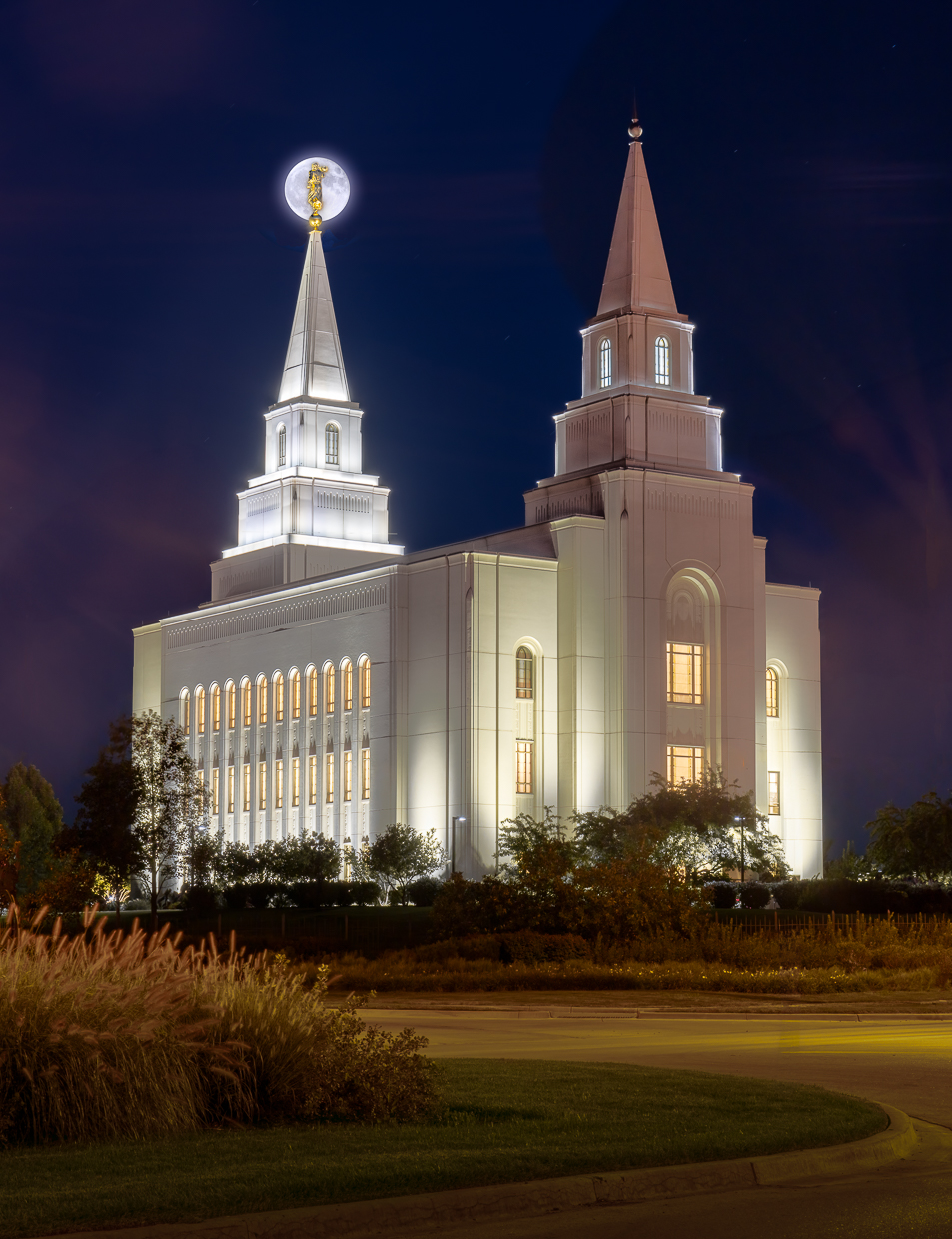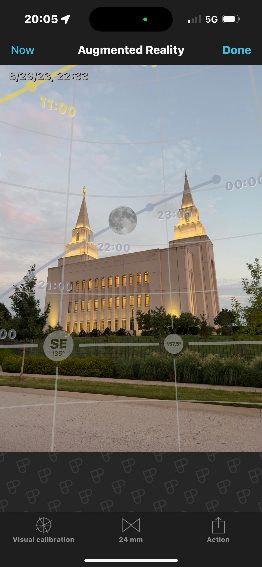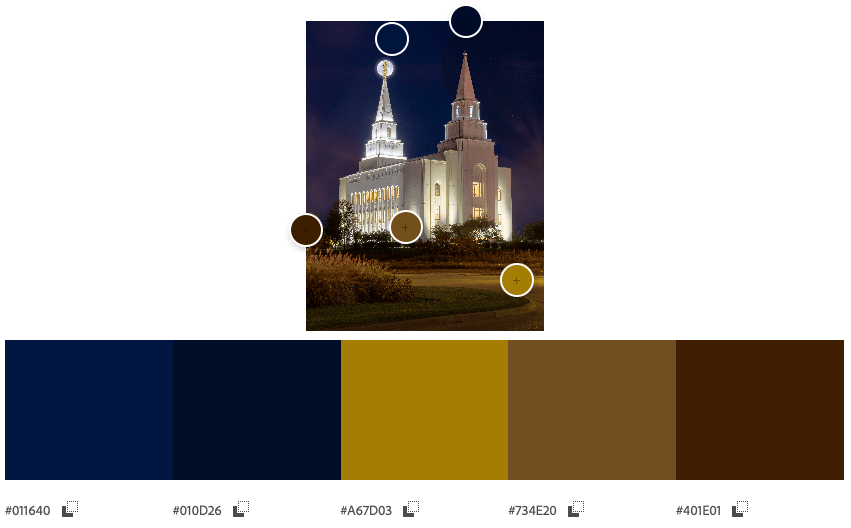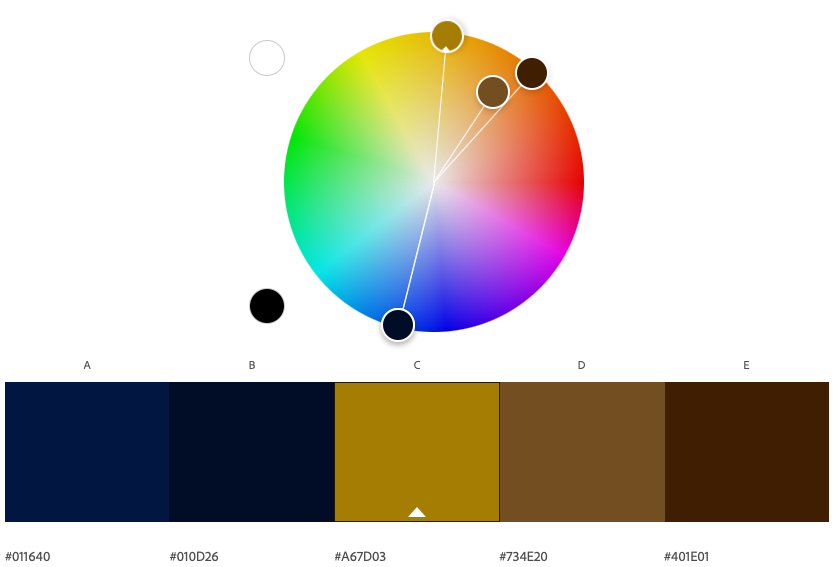This is a location that I have photographed before. This temple and others, in my view, offer pleasing architecture with excellent lighting and landscaping that is a big plus to the photographer. This has been a temple that I have wanted to try and photograph with the moon behind the Angel Moroni. Little did I know that it was going to be a Supermoon.
This was a planned composition as shown by the screenshot of the PhotoPills plan found below. What I didn’t realize at the time was that I set it for the wrong day. So, my plotting which is shown below of where the moon was going to be way off by a day. When I got there, what I found was two other photographers tracking the moon as it arched into the Angle Moroni statue.
While I didn’t have much time after my arrival to get the shot, I knew going in that this would take multiple shots. I also realized that I needed to capture the moon first before it passed by the Angel Moroni, then focus my efforts on taking multiple exposures of the temple to ensure I didn’t clip my highlights and shadows. After I got a photo of the moon behind the Angel Moroni, I then looked at concentrated on taking enough photos of the temple itself to not avoid the aforenoted clipping situation. I was satisfied with four exposures of the temple at four exposure settings (5 sec, 6 sec, 10 sec, and 15 sec.). These four images were auto-aligned, then auto-blended in Photoshop. After that a properly exposed image of the moon was layered in, then masked in to add back the moon’s detail. That image was transferred back to Lightroom as a TIFF file.

Once back in to Lightroom, I liked what the histogram was showing (see the composite histogram) compared to the highlight’s exposure histogram (see the 5 sec exposure histogram) and the shadow’s histogram (see the 15 sec exposure histogram). With the histogram’s showing a skewing to the left, I expected a negative Brightness Value, but was surprised at a -2.91 and all images to include the composite TIFF file showed an Exposure Bias of 0 EV. I was also pleased to see that I had cleared up the clipping at both ends of the histogram. However, even with the image metering set at average on my Sony A7R5 the dynamic range between the darkest and lightest values did result in some tones outside the saturation range of the color wheel image (see below). This high saturation was also found in the complementary tones with almost all the remaining tones at the high saturation level of the color wheel. However, that was to be expected with this being a night time exposure. Finally, keep in mind that when exposure data shown in the EXIF tables reflect the base image.
|
Picture Info
|
|---|
 August 31, 2023
August 31, 2023
|
 7:46 PM
7:46 PM
|
|
EXIF
|
|---|
 Sony ILCE-7RM5
Sony ILCE-7RM5
|
 FE 24-240 mm
FE 24-240 mm
|
 49 mm
49 mm
|
 f/18
f/18
|
|
|
 5 sec
5 sec
|
 No Flash
No Flash
|



